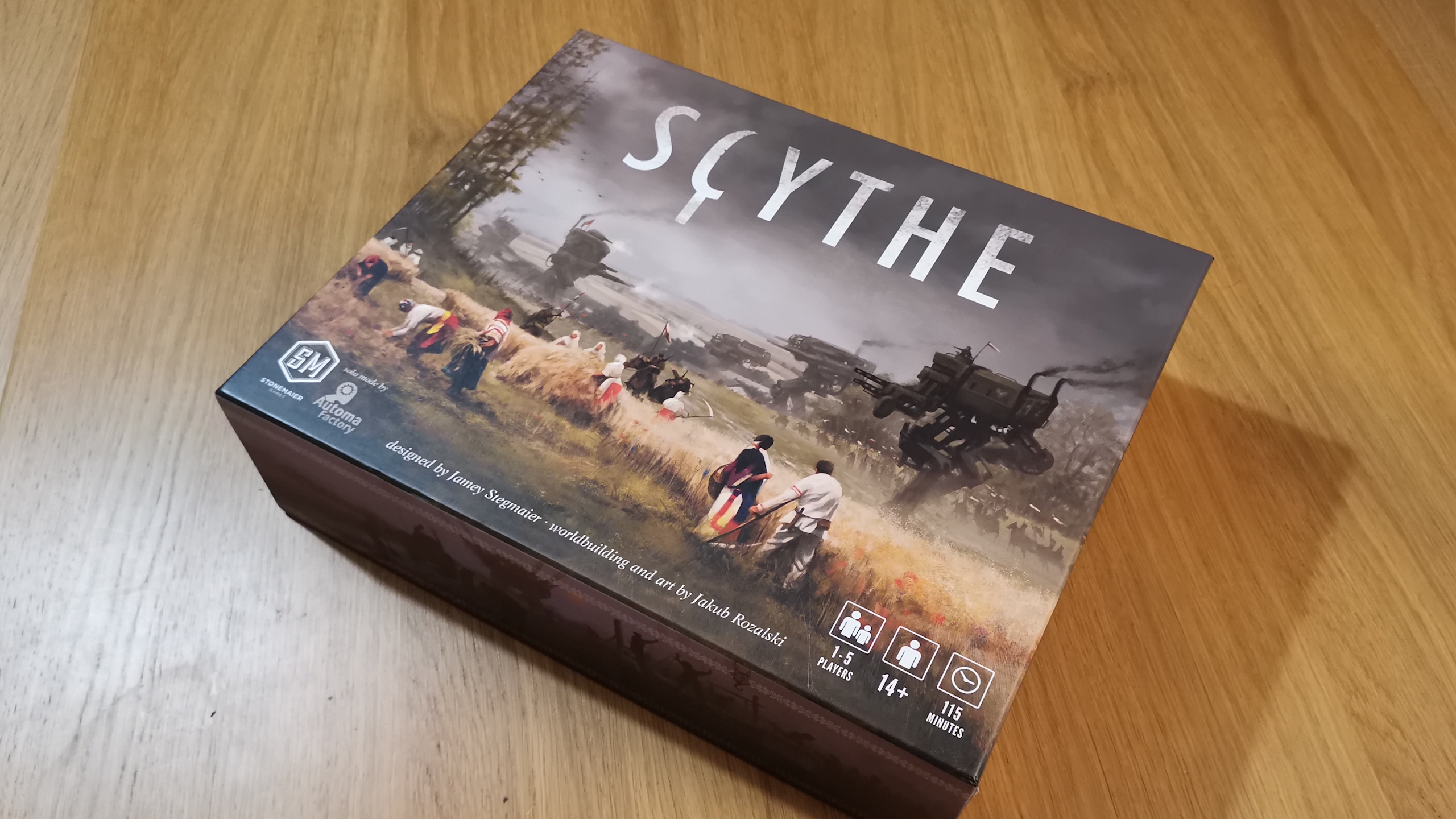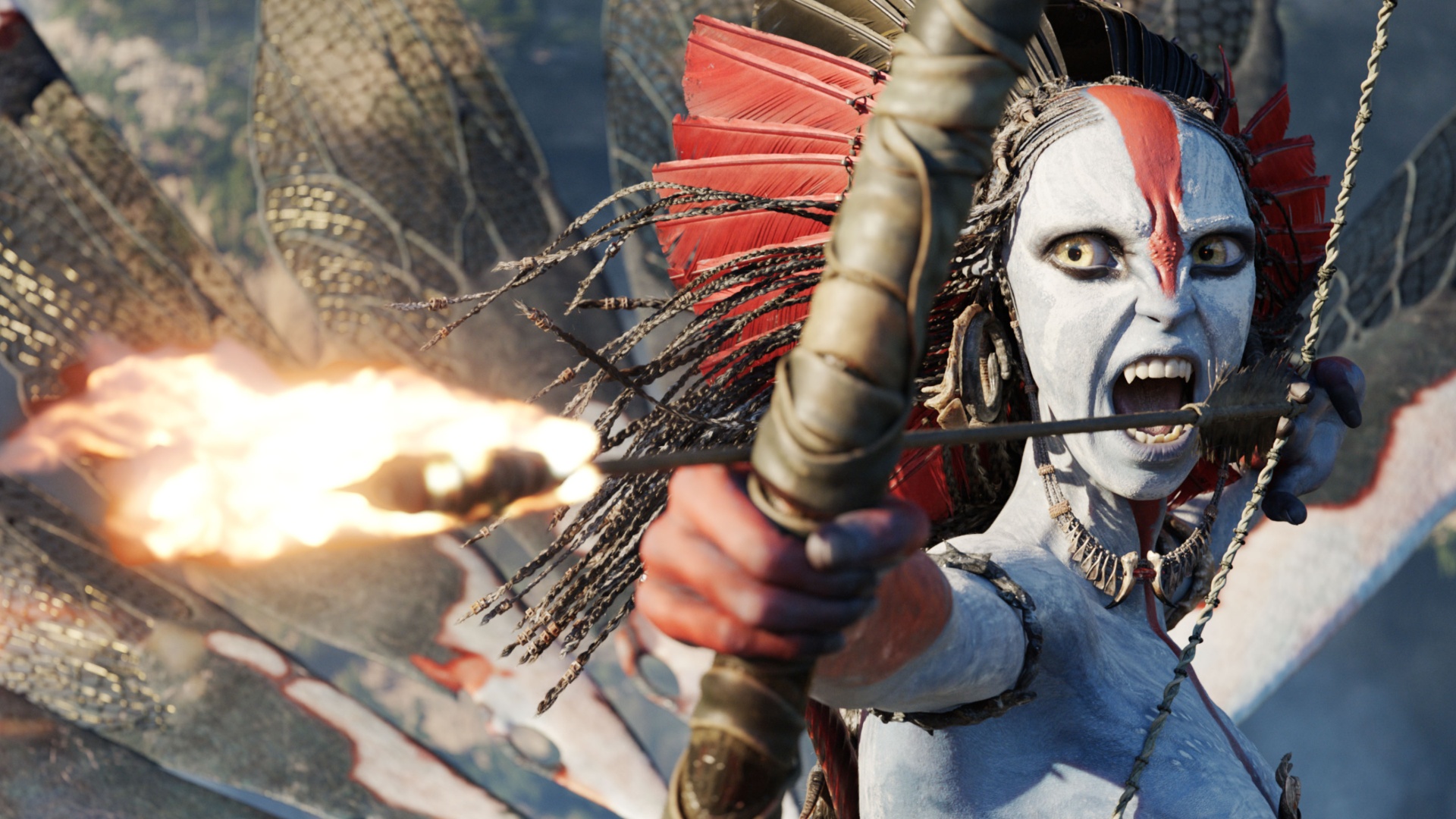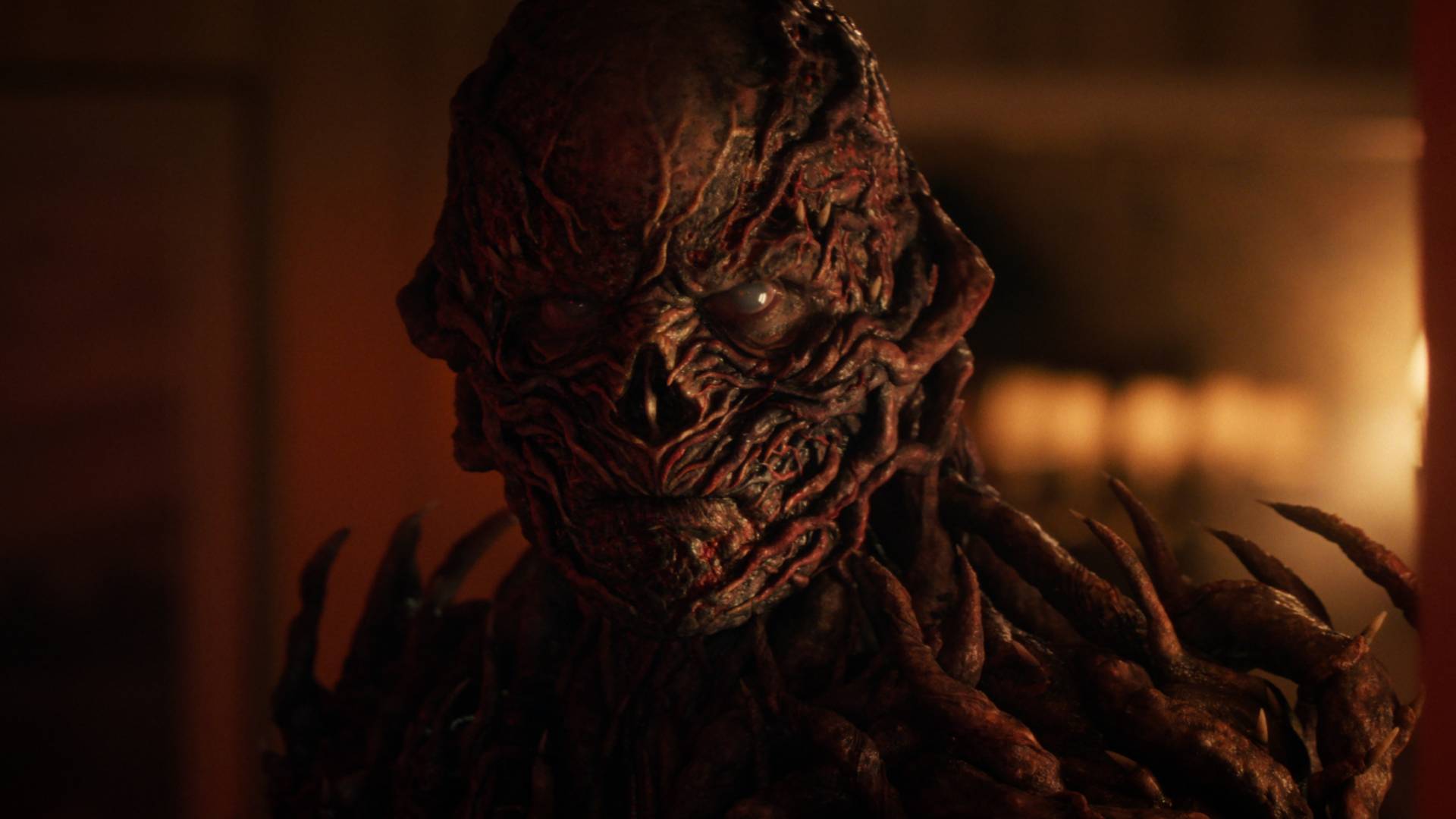GamesRadar+ Verdict
Root: The Roleplaying Game points and laughs at the barbarity of war, highlighting its absurdity through farcical woodland theming and tomfoolery. It's a barebones, narrative-focussed TTRPG featuring minimal frills, and a framework that leaves space to weave ever-expanding backstories into an evolving world of your own creation. Every mechanic helps cultivate forward momentum and roleplay opportunities, and while it demands a professional director of a GM, the payoff for a well-played heist is epic.
Pros
- +
Can't go wrong with woodland creatures
- +
Great examples and summaries
- +
Roleplay induced advancement
- +
PC connections grant boons
- +
Easy character creation
Cons
- -
Book could be more concise
- -
Handwaving in favor of cinematics
- -
Not much flavor text
Why you can trust GamesRadar+
Root: The Roleplaying Game takes cues aplenty from the Root board game, expanding its deep lore into a narrative-inducing framework. Rather than taking the role of powerful factions butting heads as is the case in the board game, it has players weave a tale of woodland might and right from the perspective of the Vagabonds with hardly a horse in the race. It sets the yoke of a warring world on the shoulders of, frankly, just some lil' guys. And the weight is crushing.
Squeezing immense political turmoil into a collection of forest clearings, Root: The Roleplaying Game drapes a thin veil of fur and whiskers over intense themes of oppression, corruption, and xenophobia. Flitting from conflict to conflict, the Vagabonds quell one upset only to ignite another, their every decision branding them heroes to one faction and terrorists to another. Players quickly learn that pleasing all sides is a fool's game as they sew and reap story seeds in every shade of grey their little snaggle-tooths dare to muster. Backed by a lightly modified version of the tried and tested Powered by the Apocalypse system, the Root TTRPG is a highly cinematic experience propelled by the player characters' every past foible and wayward fancy.
Root: The Roleplaying Game features & design
- Harm tracks are a great way to add consequences on failure
- Fun map and weapon design, though flavour text is near nonexistent
- Interconnected character backstories grant boons
Root the RPG's core book encourages you to design your own map with a mapmaking minigame that defines which clearings have seen war between factions, and which are experiencing unrest. It's not the most comprehensive worldbuilding tool, but the roll tables do help to spark potential hooks for players. And with Kyle Ferrin's scraggy but bright illustrations backing it up, it's easy to envision the silly yet barbaric world you'll be bringing to life.
With the Powered by the Apocalypse system at its heart, Root the RPG is most properly described as a story generator. It's run with a simple set of moves and tags, and all rolls are made on two six-sided dice. Adding your ability score as a modifier, a six or less equals a fail, a seven to nine nets a partial success, and anything over a 10 is a winner.

The core book lists basic and special moves in order with some great examples tied to them, though subheadings relating them to their governing stats would have been appreciated, especially for anyone coming to the game from a D&D background or some of the best tabletop RPGs. Still, they're simple enough to learn and the cheat sheets included are comprehensive enough to refresh your memory on the fly.
In creating your Vagabond you choose a playbook to suit your playstyle from a roster of outcast-adjacent tropes (think thieves, mercenaries, and rangers), whittling the final beast into shape from a small selection of drives, natures, moves, and connections. The process takes mere minutes with simple instructions baked into the character sheets, though base weapon modding requires a slightly deeper dive. It doesn't translate to the most compelling characters in tabletop history, but it does help to breed some initial player agency while taking a little weight off the GM.
Gameplay
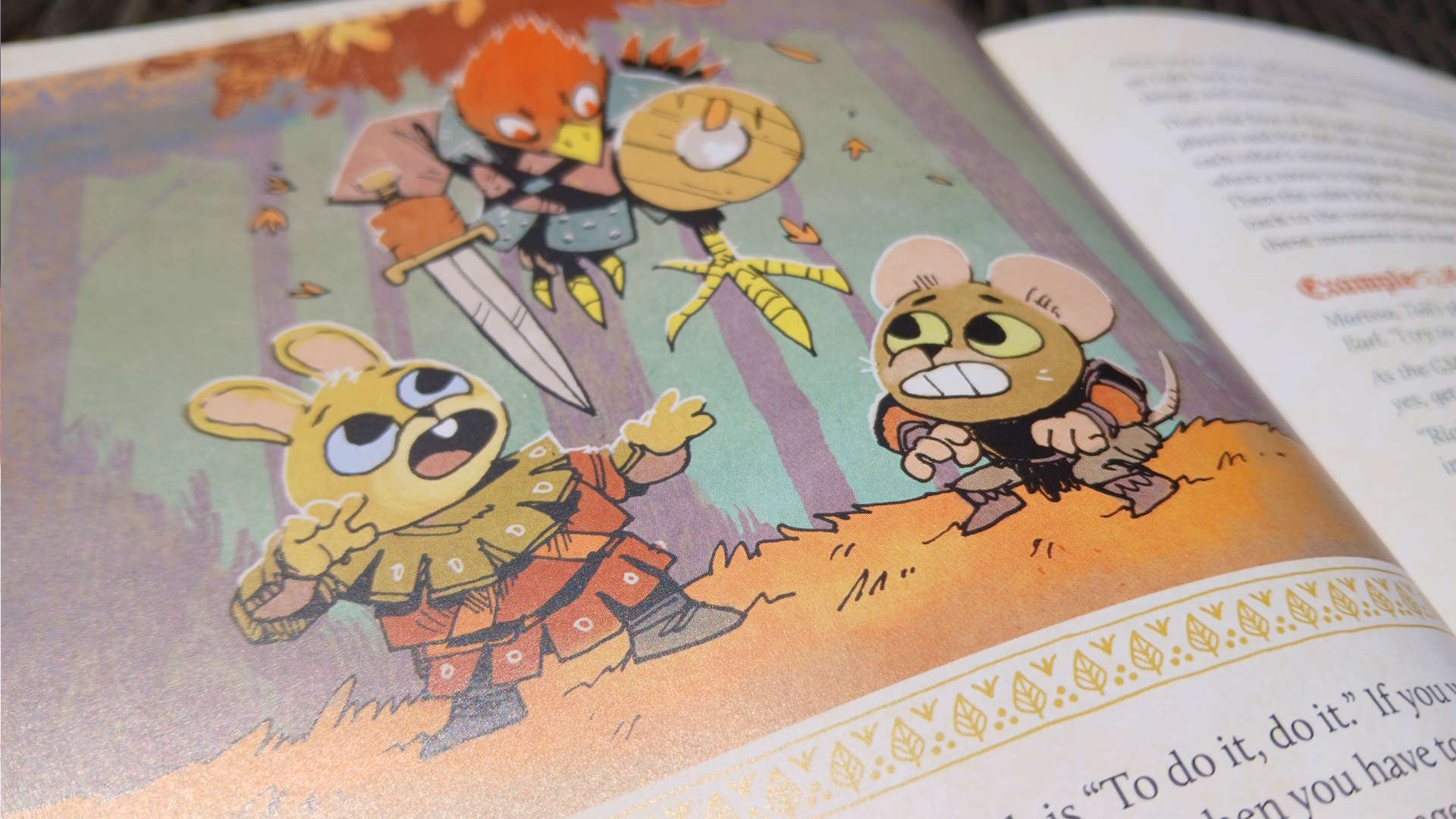
- Focus on fiction with minimal tracking smoothes gameplay
- Lack of initiative order puts weight on the GM to spotlight fairly in battle
- Starter campaign is exemplary of the game's potential, but it's a lot for newbies
In-game, each playbook has three harm tracks to note: exhaustion, depletion, and injury. Exhaustion is how tired you are; injury tracks your health; and depletion allows you to pull simple adventuring gear out of your pack in a time of panic. The latter is great in that it avoids the "How did we not buy rope at the last clearing?" pitfall, but it's a clear indicator this is not a game for players bent on hoarding. Trying to mark boxes of harm once your track is full results in either unconsciousness, death, or uh… poverty? Weapons and other significant items also have wear boxes to keep an eye on – fewer wear boxes means higher fragility – while NPCs have a morale track that, when full, could send them screaming off into the undergrowth.
Weekly digests, tales from the communities you love, and more
The use of tracks in game not only gives players another way to push through failure, marking exhaustion to bump their rolls, but it also means you and your players don't always have to gun for blood. Marking exhaustion or item wear makes for a more forgiving consequence than continually slapping them around, and they'll appreciate some leeway when you let them pull off that daring heist with the grappling hook they've totally been saving for a rainy day. All this works to make the game far more forgiving, which in turn allows players to take risks, and to be a little wilder with their shenanigans.
Compared to other PbtA systems, Root the RPG's minimal tracking means fewer conditions using up brainpower that could be spent on toppling the oligarchy. Although there is a tracker that helps decide which faction is more likely to want to murder you back, which can help or hinder your rolls against them. It's another thing to think about, but absolutely necessary for keeping track of who you've pissed off in previous sessions.

If you enjoy the Powered by the Apocalypse system, why not check out another tabletop RPG using it - Legend in the Mist? It certainly impressed me in my four-star review.
For the GM, combat is the most intense segment since there's no separate initiative order. It means they must try to fairly shift the spotlight from player to player while essentially directing a movie. It can be overwhelming if you're used to whipping out the old "roll for initiative" chestnut.
The fact you can ask the GM questions on some successes (that must be answered truthfully) helps inspire confidence in the party while avoiding the irresolution that comes with a nebulous insight check. It also encourages the party to be inquisitive in ways they may not have thought of, which is yet another weight taken off the GM to decide what they discover. It does balance out in that respect, and there are some fantastic player-led advancement mechanics that means the GM doesn't have to track XP or milestones either.
Should you buy Root: The Roleplaying Game?
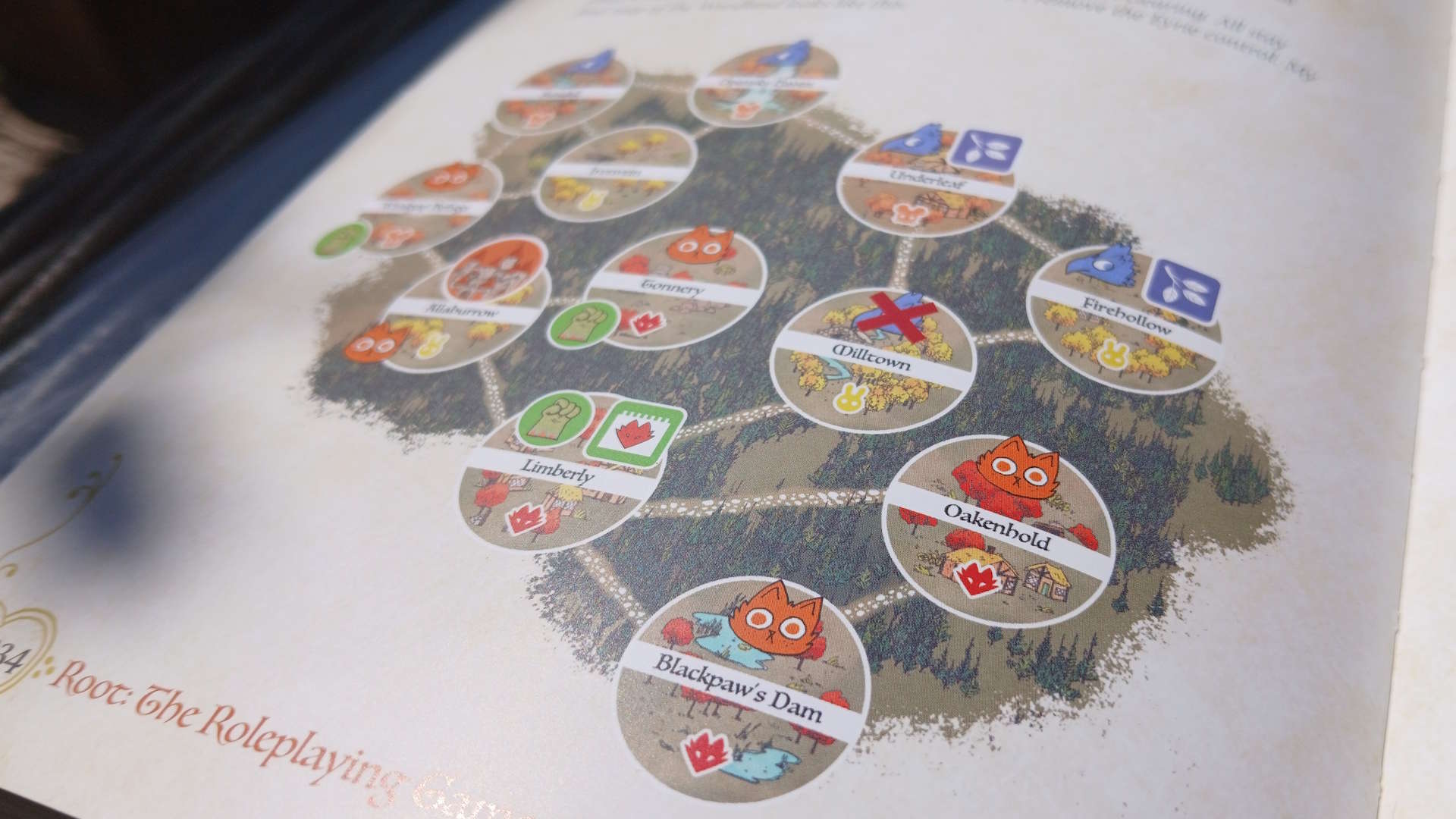
Root: The Roleplaying Game offers a cutesy catharsis for anarchist anthro fans that's underpinned by darker themes. Powered by the Apocalypse games always manage to encourage roleplay and player interaction, and the Root RPG really plays into that, but it's nowhere near as emotionally complex as other PbtA games like Masks. It's a TTRPG that chaotic players will thrive in, with moves and drives that push them toward cataclysmic session endings and epic moments facing a recurring nemesis.
If you can pace it right, you can create incredible, player-led stories that you'll remember for years to come, but it will take some engineering to get there. If you're willing to put in the worldbuilding and prep effort, however, the Root tabletop RPG is well worth your time.
Ratings
Category | Notes | Score |
|---|---|---|
Game mechanics | Roleplay-inducing advancement and recovery mechanics with lots of forward momentum help it excel. | 5/5 |
Accessibility | Core book is a little waffly, but lots of great examples and summaries make it easy to approach. First time GMs may be out of their depth. | 4/5 |
Replayability | There are plenty of playbooks to try out, though fewer character options than more comprehensive RPGs could see it getting a samey. | 4/5 |
Setup & pack down | 2d6, a double sided character sheet, compact rulebook, and theatre of the mind make it super quick to get going. | 5/5 |
Component quality | It comes in a lovely, compact hardback book littered with gorgeous illustrations. | 5/5 |
Buy it if...
✅ You're after high stakes political intrigue
Every decision the players make sways the fates of the major factions in a world at war.
✅ You enjoy medium crunch TTRPGs with a narrative focus
This is a story generator more than a battle simulator. While it can be tactical, it's more focussed toward telling a great tale.
Don't buy it if...
❌ You're expecting true grit
For all its heavy theming, Root the RPG is at its core a satirical game of hijinks and tomfoolery.
❌ You prefer a sandbox style TTRPG
Root the RPG emphasizes cohesive storytelling through a cinematic lens. A sandbox GMing style won't work so well here.
How we tested Root: The Roleplaying Game
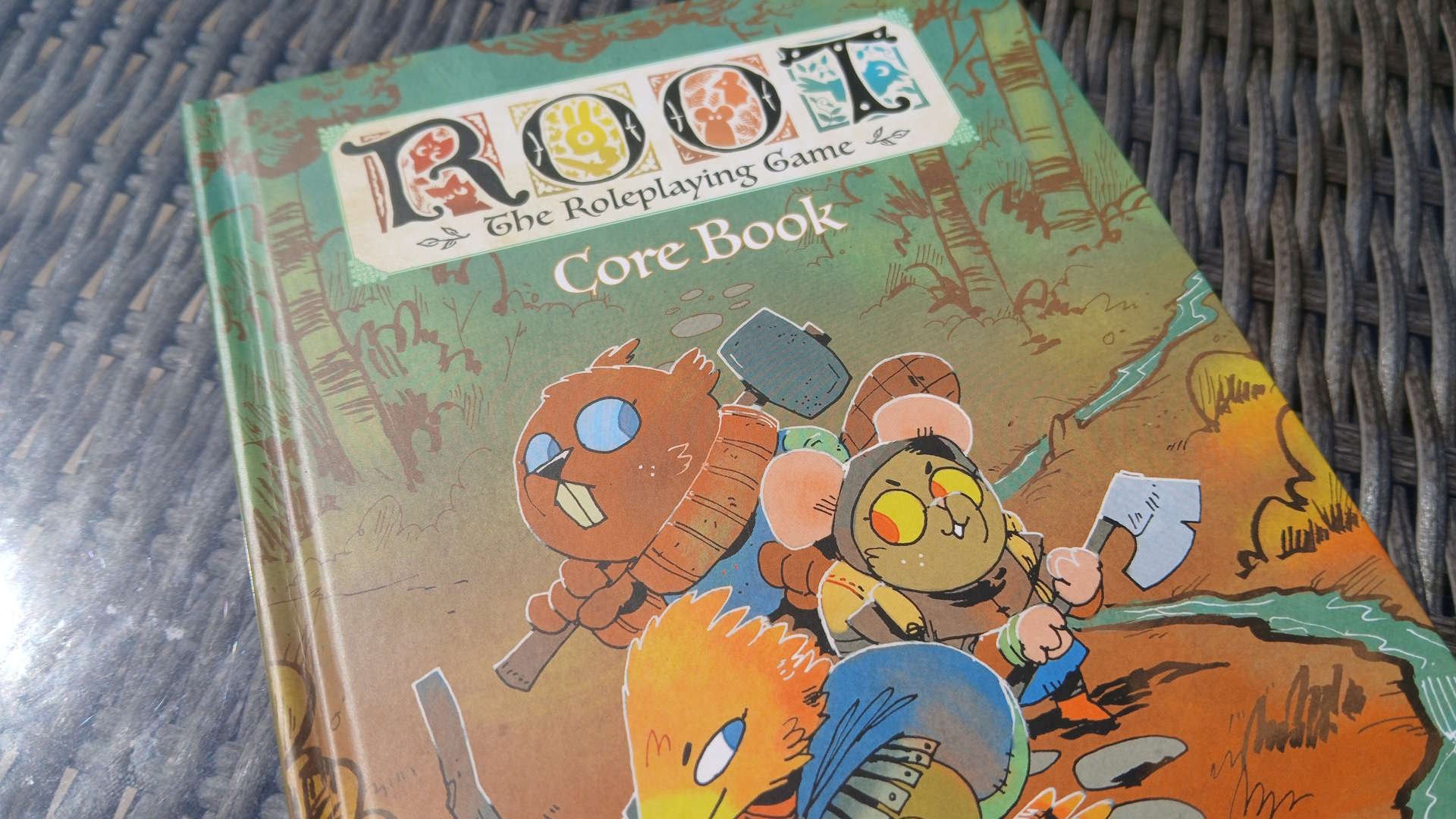
This review was conducted using a copy of the game provided by the publisher.
Following a full readthrough of the Root RPG's core book, our reviewer ran sessions of the game so that they could see how it worked in action. This provided them with plenty of practical, hands-on notes to use for this review.
To get a broader overview of how we handle critique, don't miss the GamesRadar+ reviews policy.
Looking for more games to play? Why not check out the best board games, or the best card games?

Katie is a freelance writer with over 5 years experience covering everything from tabletop RPGs, to video games and tech. Besides earning a Game Art and Design degree up to Masters level, she is a designer of board games, board game workshop facilitator, and an avid TTRPG Games Master - not to mention a former Hardware Writer over at PC Gamer.
You must confirm your public display name before commenting
Please logout and then login again, you will then be prompted to enter your display name.

